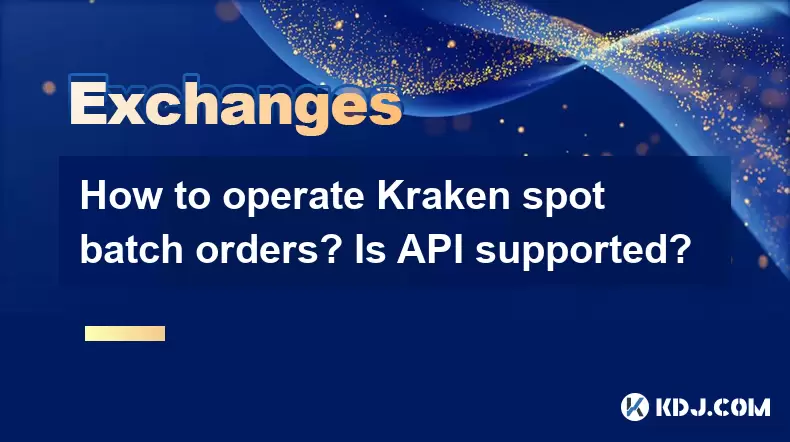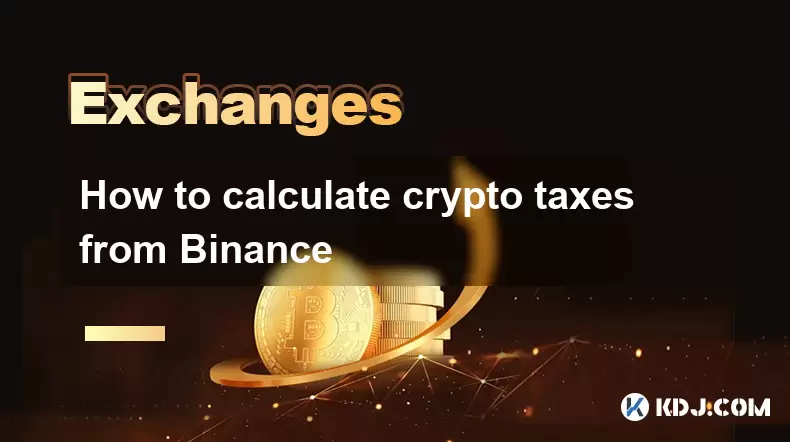-
 Bitcoin
Bitcoin $117500
2.15% -
 Ethereum
Ethereum $3911
6.19% -
 XRP
XRP $3.316
10.79% -
 Tether USDt
Tether USDt $1.000
0.01% -
 BNB
BNB $787.2
2.24% -
 Solana
Solana $175.2
4.15% -
 USDC
USDC $0.9999
0.00% -
 Dogecoin
Dogecoin $0.2225
8.40% -
 TRON
TRON $0.3383
0.28% -
 Cardano
Cardano $0.7868
6.02% -
 Stellar
Stellar $0.4382
9.34% -
 Hyperliquid
Hyperliquid $40.92
7.56% -
 Sui
Sui $3.764
7.63% -
 Chainlink
Chainlink $18.48
10.66% -
 Bitcoin Cash
Bitcoin Cash $582.1
1.88% -
 Hedera
Hedera $0.2601
6.30% -
 Avalanche
Avalanche $23.33
4.94% -
 Ethena USDe
Ethena USDe $1.001
0.02% -
 Litecoin
Litecoin $122.3
2.04% -
 UNUS SED LEO
UNUS SED LEO $8.969
-0.27% -
 Toncoin
Toncoin $3.339
0.86% -
 Shiba Inu
Shiba Inu $0.00001287
4.30% -
 Uniswap
Uniswap $10.43
7.38% -
 Polkadot
Polkadot $3.861
5.08% -
 Dai
Dai $1.000
0.02% -
 Bitget Token
Bitget Token $4.513
3.41% -
 Monero
Monero $267.7
-6.18% -
 Cronos
Cronos $0.1499
4.14% -
 Pepe
Pepe $0.00001110
5.15% -
 Aave
Aave $284.9
8.28%
How to operate Kraken spot batch orders? Is API supported?
Kraken's spot batch orders allow efficient management of multiple trades; API support is available for advanced and automated trading strategies.
May 18, 2025 at 11:07 pm

How to Operate Kraken Spot Batch Orders? Is API Supported?
Kraken, one of the leading cryptocurrency exchanges, offers users the ability to execute spot batch orders, which can be a powerful tool for traders looking to manage multiple trades efficiently. This article will guide you through the process of operating Kraken spot batch orders and explore whether API support is available for this feature.
Understanding Kraken Spot Batch Orders
Spot batch orders on Kraken allow traders to submit multiple buy or sell orders at the same time. This can be particularly useful for those who want to execute several trades based on different price levels or volumes without having to place each order individually. By using batch orders, traders can save time and potentially improve their trading strategy execution.
Setting Up Spot Batch Orders on Kraken
To start using spot batch orders on Kraken, follow these steps:
- Log in to your Kraken account: Ensure you are logged into your Kraken account. If you don't have an account, you'll need to create one and complete the necessary verification steps.
- Navigate to the trading interface: Once logged in, go to the trading section of the Kraken platform. You can find this by clicking on the "Trade" tab at the top of the page.
- Select the trading pair: Choose the cryptocurrency pair you want to trade. For example, if you want to trade Bitcoin against US Dollars, select the BTC/USD pair.
- Access the batch order feature: On the trading interface, look for the "Batch Order" option. This might be located under the "Advanced" or "Order" section, depending on the version of the platform you are using.
- Enter your batch orders: You will see a form where you can input multiple orders. Each order should include the price and the amount you want to buy or sell. For example, you might enter three buy orders at different price levels: 1 BTC at $30,000, 1 BTC at $29,000, and 1 BTC at $28,000.
- Review and submit your orders: Before submitting, double-check all the details to ensure they are correct. Once you are satisfied, click the "Submit" button to place your batch orders.
Managing and Monitoring Batch Orders
After submitting your batch orders, it's important to monitor them to ensure they are executed as intended. Here's how you can manage and monitor your batch orders:
- Check the order status: Navigate to the "Orders" section of your Kraken account to see the status of your batch orders. You can see which orders have been filled, partially filled, or are still pending.
- Modify or cancel orders: If you need to make changes, you can modify or cancel individual orders within the batch. Simply go to the "Orders" section, find the order you want to change, and select the appropriate action.
- Review trade history: After your orders are executed, review your trade history to analyze the performance of your batch orders. This can help you refine your trading strategy for future trades.
Using Kraken API for Batch Orders
Kraken provides an API that allows users to interact with the platform programmatically. This includes the ability to place batch orders through the API, which can be particularly useful for advanced traders or those who want to automate their trading strategies.
To use the Kraken API for batch orders, follow these steps:
- Register for an API key: Go to the "API" section of your Kraken account settings and generate an API key. Make sure to set the appropriate permissions for your key, such as the ability to place orders.
- Set up your development environment: You'll need to set up a development environment with a programming language of your choice, such as Python or JavaScript. Install the necessary libraries to interact with the Kraken API.
- Write the API code: Use the Kraken API documentation to write code that will place batch orders. Here's a basic example in Python using the
krakenexlibrary:
import krakenexkraken = krakenex.API()
kraken.load_key('path/to/your/kraken.key')
Define your batch orders
orders = [
{'pair': 'BTCUSD', 'type': 'buy', 'ordertype': 'limit', 'price': '30000', 'volume': '1'},
{'pair': 'BTCUSD', 'type': 'buy', 'ordertype': 'limit', 'price': '29000', 'volume': '1'},
{'pair': 'BTCUSD', 'type': 'buy', 'ordertype': 'limit', 'price': '28000', 'volume': '1'}
]
Place the batch orders
for order in orders:
response = kraken.query_private('AddOrder', order)
print(response)
- Execute the code: Run your code to place the batch orders through the Kraken API. Monitor the output to ensure the orders are placed successfully.
Troubleshooting Common Issues
When using Kraken spot batch orders, you might encounter some common issues. Here are some tips for troubleshooting:
- Order not executing: If your orders are not executing, check the order book to ensure the prices you've set are within the current market range. Also, ensure you have sufficient funds in your account to cover the orders.
- API errors: If you're using the API and encountering errors, double-check your API key permissions and ensure your code is correctly formatted according to the Kraken API documentation.
- Network issues: If you're experiencing connectivity issues, try refreshing the page or restarting your internet connection. For API users, ensure your development environment has a stable internet connection.
Frequently Asked Questions
Q: Can I use batch orders for margin trading on Kraken?
A: No, batch orders on Kraken are currently only available for spot trading. If you want to use batch orders for margin trading, you will need to place individual orders.
Q: Are there any fees associated with using batch orders on Kraken?
A: The fees for batch orders are the same as for regular spot orders on Kraken. The fee structure depends on your trading volume and the specific cryptocurrency pair you are trading.
Q: Can I set up recurring batch orders on Kraken?
A: Kraken does not currently support recurring batch orders. You would need to manually place new batch orders each time you want to execute them.
Q: Is there a limit to the number of orders I can include in a batch on Kraken?
A: Kraken does not specify a strict limit on the number of orders in a batch, but it's recommended to keep the number reasonable to avoid potential issues with order processing. If you encounter any issues, consider breaking your batch into smaller groups.
Disclaimer:info@kdj.com
The information provided is not trading advice. kdj.com does not assume any responsibility for any investments made based on the information provided in this article. Cryptocurrencies are highly volatile and it is highly recommended that you invest with caution after thorough research!
If you believe that the content used on this website infringes your copyright, please contact us immediately (info@kdj.com) and we will delete it promptly.
- SNEK, Cardano, and the Contributor's Conundrum: A Meme Coin's Fight for Recognition
- 2025-08-08 16:30:12
- Toshi Crypto's Wild Ride: Rally, Demand Slump, and What's Next
- 2025-08-08 16:30:12
- Ethereum, Staking Yields, and DeFi Exposure: A New Era for Investors?
- 2025-08-08 15:10:12
- Unilabs Pumps MIA, Binance Coin Bouncing Back, and Ethereum's Bearish Blues
- 2025-08-08 15:10:12
- Ethereum's Wyckoff Markup and Market Rotation: A New Era?
- 2025-08-08 15:30:12
- Ethereum, Vitalik Buterin, and the Overleveraged Game: A Balancing Act
- 2025-08-08 15:30:12
Related knowledge

How to use margin trading on Poloniex
Aug 08,2025 at 09:50am
Understanding Margin Trading on Poloniex

How to use advanced trading on Gemini
Aug 08,2025 at 04:07am
Understanding Advanced Trading on GeminiAdvanced trading on Gemini refers to a suite of tools and order types designed for experienced traders who wan...

How to deposit USD on Bitstamp
Aug 07,2025 at 05:18pm
Understanding Bitstamp and USD DepositsBitstamp is one of the longest-standing cryptocurrency exchanges in the industry, offering users the ability to...

How to use the Kraken Pro interface
Aug 08,2025 at 09:57am
Understanding the Kraken Pro Interface LayoutThe Kraken Pro interface is designed for both novice and experienced traders seeking a streamlined experi...

How to find my transaction ID on Gemini
Aug 08,2025 at 12:50am
Understanding the Transaction ID in Cryptocurrency ExchangesA transaction ID (TXID) is a unique alphanumeric string that identifies a specific transfe...

How to calculate crypto taxes from Binance
Aug 08,2025 at 07:56am
Understanding Cryptocurrency Taxation on BinanceCalculating crypto taxes from Binance requires a clear understanding of how tax authorities classify d...

How to use margin trading on Poloniex
Aug 08,2025 at 09:50am
Understanding Margin Trading on Poloniex

How to use advanced trading on Gemini
Aug 08,2025 at 04:07am
Understanding Advanced Trading on GeminiAdvanced trading on Gemini refers to a suite of tools and order types designed for experienced traders who wan...

How to deposit USD on Bitstamp
Aug 07,2025 at 05:18pm
Understanding Bitstamp and USD DepositsBitstamp is one of the longest-standing cryptocurrency exchanges in the industry, offering users the ability to...

How to use the Kraken Pro interface
Aug 08,2025 at 09:57am
Understanding the Kraken Pro Interface LayoutThe Kraken Pro interface is designed for both novice and experienced traders seeking a streamlined experi...

How to find my transaction ID on Gemini
Aug 08,2025 at 12:50am
Understanding the Transaction ID in Cryptocurrency ExchangesA transaction ID (TXID) is a unique alphanumeric string that identifies a specific transfe...

How to calculate crypto taxes from Binance
Aug 08,2025 at 07:56am
Understanding Cryptocurrency Taxation on BinanceCalculating crypto taxes from Binance requires a clear understanding of how tax authorities classify d...
See all articles

























































































